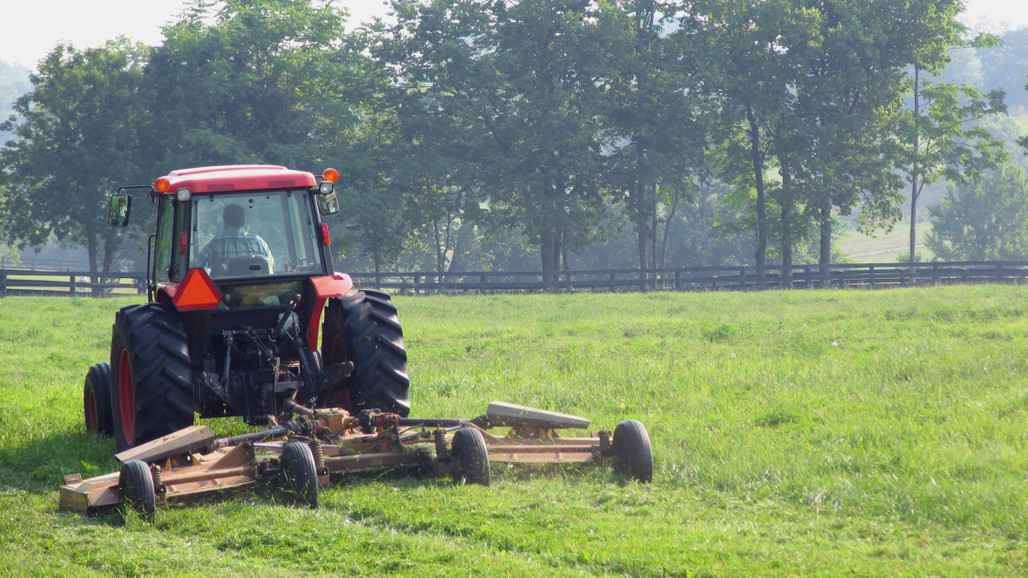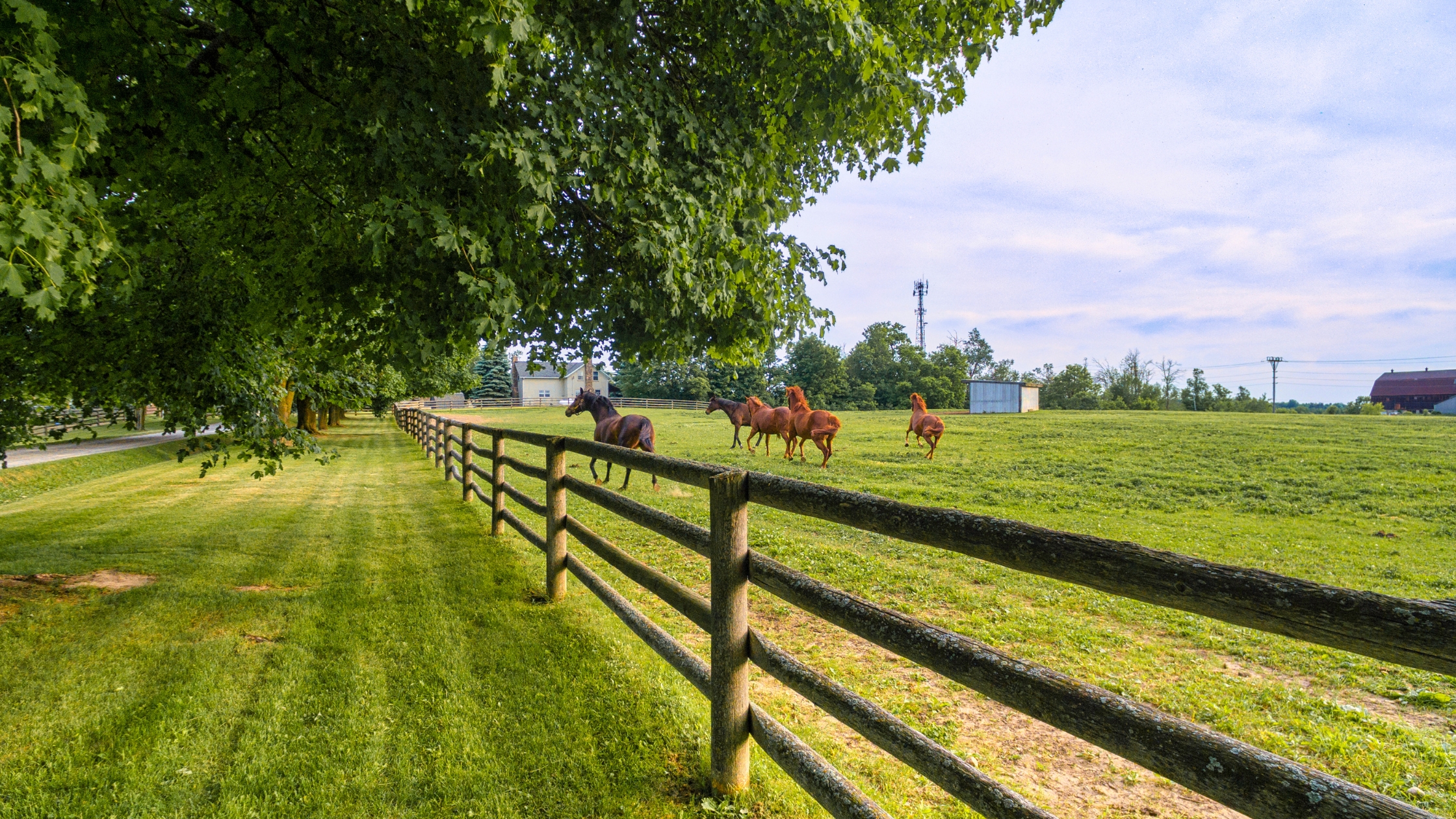
Spring Pasture Management Tips: Preparing Your Pastures for the Season Ahead
Posted by Aubry Boonstra on 10th Apr 2024
As the winter chill begins to fade and signs of spring emerge, it's time for us to turn our attention to the care and maintenance of our pastures. Proper spring pasture management is essential for ensuring lush, healthy grazing areas that provide optimal nutrition for horses while minimizing the risk of pasture-related issues. In this comprehensive guide, we'll explore valuable tips and strategies for spring pasture management, covering pasture preparation, maintenance, key considerations, and practical recommendations from Millbrook Tack to set your pastures up for success throughout the season.
Spring Pasture Management Essentials
1. Pasture Preparation
Before spring truly arrives, it's crucial to assess the condition of your pastures and take proactive measures to prepare them for the growing season. Start by inspecting the pasture area for any signs of damage, compaction, or winterkill. Addressing these issues early on can help promote vigorous regrowth and prevent further deterioration.
- Overseeding: If bare patches are present, consider overseeding with a high-quality pasture seed mix suitable for your region and soil type. This helps fill in sparse areas and encourages dense, healthy grass growth.
- Soil Testing and Fertilization: Conduct a soil test to determine nutrient levels and pH balance. Based on the results, apply appropriate fertilizers and soil amendments to optimize soil fertility and promote robust pasture growth.
- Weed Control: Combat early weed growth by implementing targeted weed control measures. Selective herbicides can effectively target weeds while minimizing harm to desirable pasture grasses.
2. Pasture Maintenance
Once spring is in full swing, ongoing pasture maintenance is essential to maximize forage productivity and maintain pasture health throughout the season.
- Grazing Management: Practice rotational grazing to prevent overgrazing and promote even forage utilization. Divide pastures into smaller paddocks if you need to and rotate horses regularly to allow for adequate rest and regrowth of grass.
- Mowing and Trimming: Keep pasture grass at an optimal height by mowing or trimming as needed. This helps prevent grass from becoming too fibrous and encourages fresh, tender growth that is more palatable to horses.
- Water Management: Ensure horses have access to clean, fresh water at all times. Check water sources regularly for cleanliness and functionality, and consider installing automatic waterers to streamline watering and reduce labor requirements.
- Dragging: Periodically dragging pastures can help distribute manure evenly, promote its decomposition, and prevent the buildup of parasite larvae. Dragging also helps to level uneven terrain and break up compacted soil, facilitating better water infiltration and grass growth. Aim to drag pastures during dry periods to minimize soil compaction and avoid damaging grassroots.
3. Key Considerations for Spring Pasture Management
- Seasonal Grazing Risks: Be mindful of seasonal grazing risks such as lush spring grasses, which can be high in sugars and prone to causing issues such as laminitis in susceptible horses. Implement strategies to gradually acclimate horses to spring pasture and monitor grazing to prevent overconsumption of rich forage.
- Monitoring Pasture Health: Keep a close eye on pasture conditions throughout the spring season. Look out for signs of stress, nutrient deficiencies, or pest infestations, and take prompt action to address any issues that arise.
- Regular Maintenance Checks: Schedule regular pasture maintenance checks to assess grass growth, soil moisture levels, and overall pasture health. This proactive approach allows for timely intervention and adjustment of management practices as needed.

In conclusion, effective spring pasture management is essential for optimizing the health and productivity of equine grazing areas. By implementing proactive pasture preparation measures, practicing regular maintenance, and remaining vigilant to seasonal considerations, horse owners can ensure that their pastures provide nutritious forage and a safe environment for horses to thrive throughout the spring season and beyond.
Remember, at Millbrook Tack, we're here to support your spring pasture management efforts with a wide range of products and expertise tailored to meet your needs.
If you have any questions or need further assistance with your spring pasture management endeavors, don't hesitate to reach out to our knowledgeable team. Happy grazing!
About the Author
Aubry hails from the heart of horse country in Lexington, KY, where she spent her formative years with the iconic Kentucky Horse Park as her backyard playground. With a rich equine heritage ingrained from childhood, she has amassed 17 years of diverse experience in the equestrian world. From rehabilitating Off-the-Track Thoroughbreds to riding and competing in hunter-jumpers, eventing, and reiners, Aubry has honed her skills and deepened her passion for horses. Prior to her current role as Marketing Director at Millbrook Tack, she served as Director of Operations at a nearby eventing barn, further solidifying her expertise in equine management. Now, Aubry is living her dream, blending her deep love for horses with her creative talents, all while making a meaningful impact in the equestrian community.

